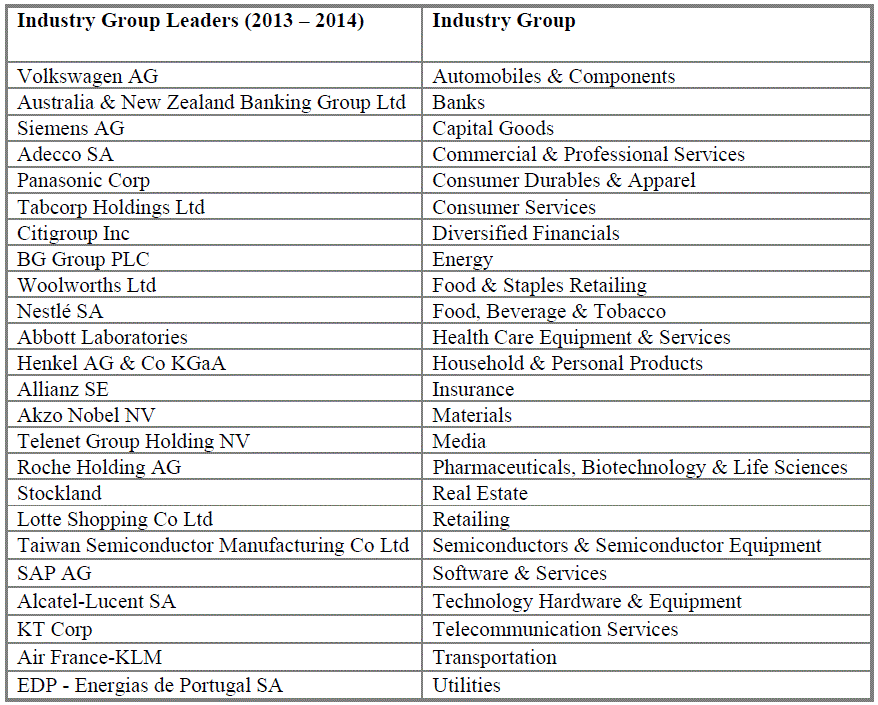PLM Framework for Sustainable Product Design

Consumers these days, me included, are paying more attention to the human and earth friendly aspects of the products that we buy and consume. For instance, I tend to shop for natural, eco-friendly products when possible. I also take note of companies that have a clean reputation for environmental and social issues and support their brands. Just one negative news report on a company that highlights its use of hazardous substances or how they in some way take part in human rights abuses will result in me passing over their products to choose another from a non-tainted brand.
Companies are very much aware of consumer demand for safe, green products and also realize that consumers these days can act as their own product watchdogs, checking company websites and their social ratings, as well as the sites of their competitors. Companies not only face pressure from us consumers, but also from regulatory bodies and social groups.
USA Today published an article on September 12, 2013 highlighting our attitude toward sustainability.
“In April, dozens of health and environmental groups, including the Breast Cancer Fund and the Union of Concerned Scientists, urged the nation’s top 10 retailers — including Wal-Mart, Target and Costco — to rid their store shelves of 100-plus hazardous chemicals. It asked them to develop a plan within a year to phase out their use in products.”
Wal-Mart announces phase-out of hazardous chemicals
As I mentioned previously, the reputation of the company who produces the product will likely weigh in on the consumer buying process. The same is true on Wall Street and the financial world. Financial investors have been integrating sustainability into their portfolios for some time now and they recognize companies who rate high in this area. I imagine this is most likely why we are seeing an increase in company participation in the S&P Dow Jones Sustainability Index.
The chart below displays the results of the 2013-2014 Industry Group Leaders in sustainability efforts based on the Global Industry Classification System (GICS) identified by RobeccoSAM:

Criteria for the S&P Dow Jones Sustainability Index changes each year and companies must continue to make improvements to their long-term sustainability plans in order to remain on the index. Most manufacturers get this. They know that the world is looking at them to continually produce innovative, green and earth friendly products and they must do this to win in the global market. But how do manufacturers make the leap from recognizing the need to address sustainability initiatives to actually putting a successful and sustainable solution in place?
Setting up a sustainability framework to get green initiatives done right the first time is key. Gone are the days of kluging together multiple systems to test and report on environmental compliance. Today, in order to efficiently address Design for Environment (DfE) and to stay competitive in the global market, smart companies are moving towards PLM platforms to integrate product development with their sustainability initiatives.
Jim Brown, Business Analyst and President of Tech-Clarity, Inc. recently discussed the importance of a sustainability framework to address Design for the Environment in his Tech-Clarity TV episode titled Tech-Clarity Sustainability Maturity Framework
I think that Jim makes some really good points about the importance of an integrated platform approach to manage current and future sustainability demands. He also warned us about the disadvantages of using disparate systems to manage compliance. Jim published a white paper to elaborate on PLM’s role in defining DfE initiatives. In his whitepaper he points out that:
“The most common software solution used for compliance – spreadsheets – fail because they promote a siloed approach, are prone to errors, and are ineffective at sharing information between people and across organizations.”
“A DFE platform that works in the context of PLM offers a forward looking, efficient, and holistic approach.”
Manufacturers who approach sustainable product design using a PLM framework will not only benefit today in addressing current sustainability challenges and gaining a competitive edge, but also tomorrow in addressing future needs and requirements to produce earth friendly, innovative and compliant products. A win win for both manufacturers and all of us consumers.
Visit our Teamcenter’s sustainability and environmental compliance solution page to learn more about leveraging a PLM framework for sustainable product design and download Jim Brown’s whitepaper Tech-Clarity Insight: PLM’s Role in Enabling Design for the Environment.


